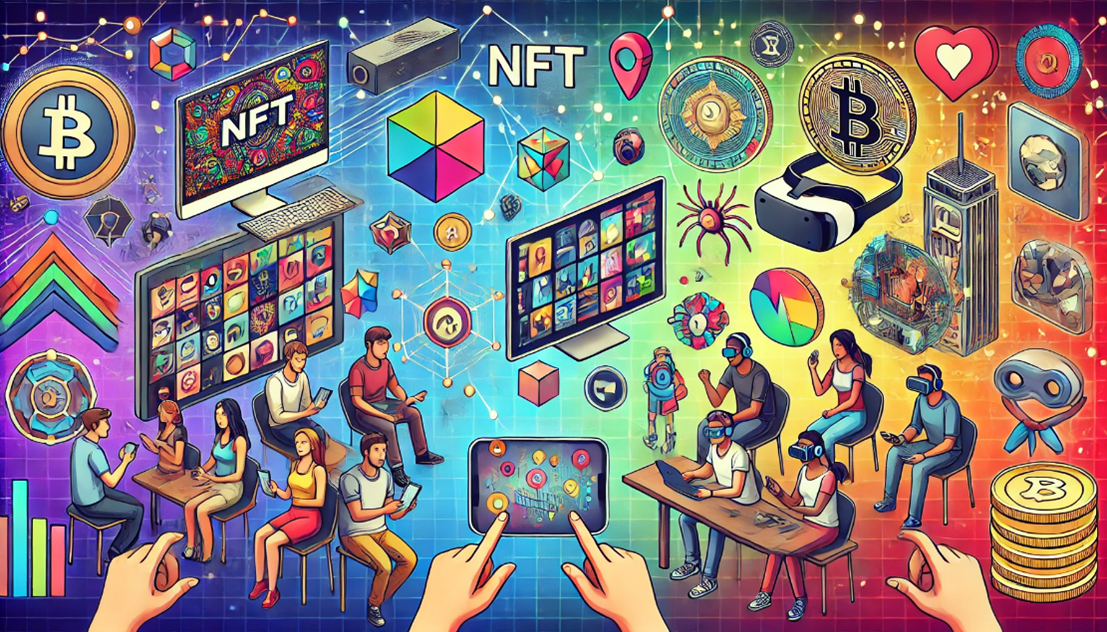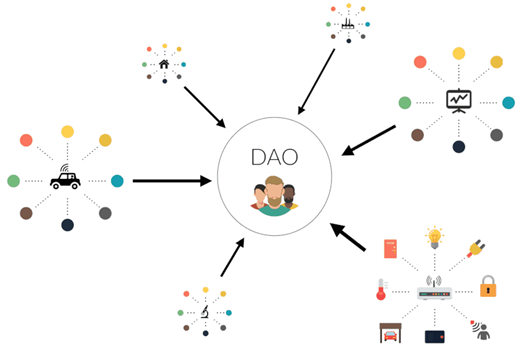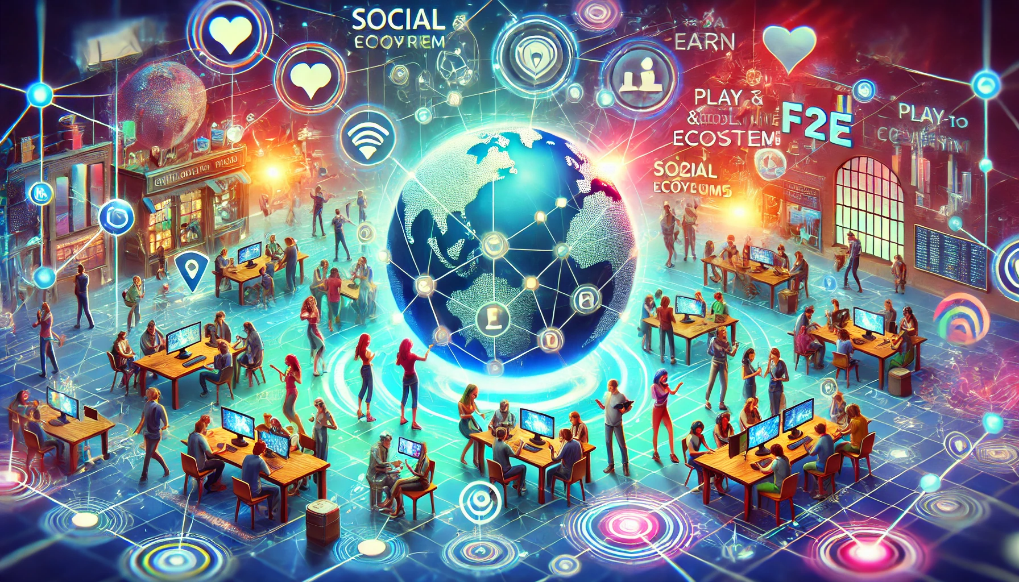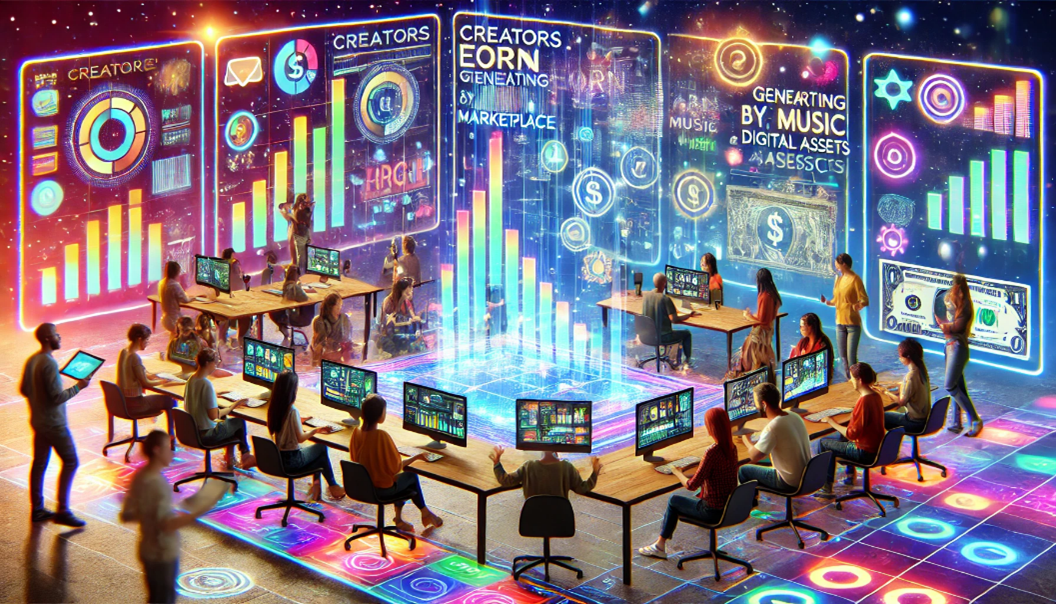How NFTs empower players with asset ownership and monetization?

How NFTs empower players with asset ownership and monetization?
by Maximilian 02:59pm Jan 09, 2025
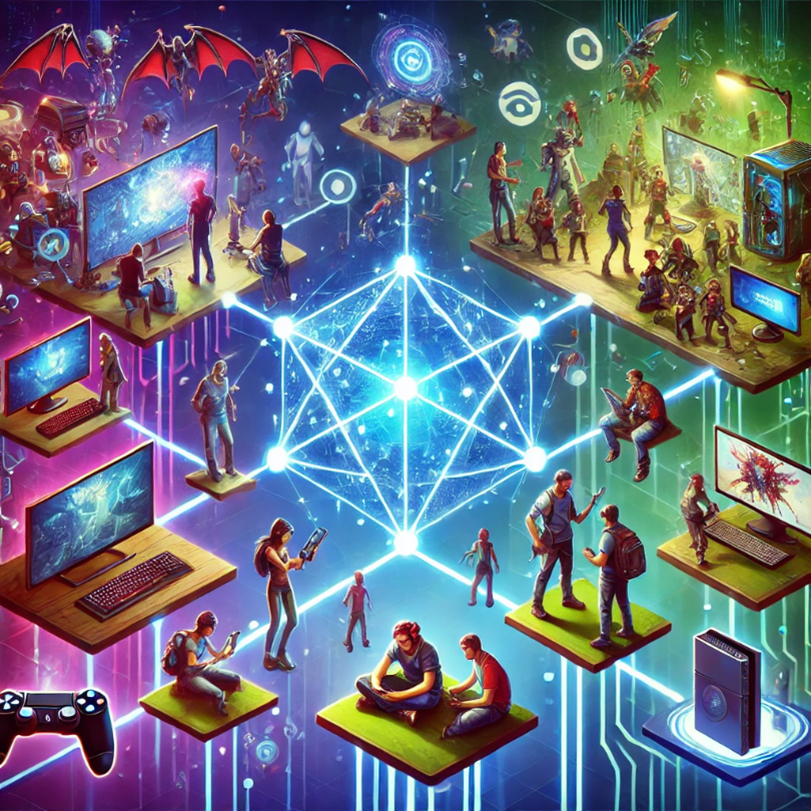
NFTs (Non-Fungible Tokens) are digital assets that represent ownership of a unique item or piece of content, and they have significantly empowered players within Play-to-Earn (P2E) games. Here’s how NFTs facilitate asset ownership and monetization for players:
1. True Ownership of In-Game Assets
NFTs as Digital Ownership: In traditional games, in-game items (like skins, weapons, or characters) are owned by the game developer, and players only temporarily possess them during gameplay. However, NFTs enable players to truly own their digital items. These assets are stored on the blockchain, making them transferable, tradable, and permanent, independent of the game itself.
Provable Scarcity: NFTs can prove the rarity and uniqueness of an item, which adds value. For example, in games like Axie Infinity, rare creatures or in-game items are sold as NFTs, where their scarcity can make them highly valuable.

2. Monetization Opportunities
Selling or Trading NFTs: Players can sell or trade their NFT assets on various marketplaces (such as OpenSea, Rarible, or in-game marketplaces). For example, if a player has a rare weapon or a highly ranked character in a game, they can sell it for cryptocurrency or other forms of real-world value.
Creating NFTs: In certain games, players can create NFTs themselves. For instance, in Decentraland or The Sandbox, players can design virtual land or in-game items and tokenize them as NFTs, which they can sell or lease to others.
3. Earning through Play
Play-to-Earn (P2E) Model: NFTs enable the P2E model where players earn tokens or NFTs by playing games. These tokens can be exchanged for real money or used within other games and platforms. In The Sandbox, players earn rewards for creating, playing, or exploring the virtual world.
Rewards and Bonuses: Some games reward players with NFTs as part of achievements, contests, or gameplay milestones. These rewards can then be sold or traded for a profit.
4. Interoperability Across Games and Platforms
Cross-Platform Usage: In some cases, NFTs can be used across multiple games or virtual worlds. For instance, a player who owns an NFT asset from one game might be able to use that item in another game if both support interoperable NFTs. This creates added value for players, as their assets are not limited to one game environment.

5. Increased Transparency and Security
Blockchain Transparency: Since NFTs are stored on a blockchain, every transaction, sale, or transfer is fully transparent. Players can track the history of an item, ensuring its authenticity and ownership.
Secure Transactions: NFTs are secured by blockchain technology, which reduces fraud and ensures that the player’s assets are protected.
6. Play-to-Earn Ecosystem Growth
Economies of Scale: The introduction of NFTs into games contributes to the growth of in-game economies. Players can build businesses around their assets, such as NFT trading, renting virtual land, or creating NFT-based art and merchandise for sale.
Passive Income: Players can also rent their NFTs to others, earning passive income. For instance, a rare character or land NFT might be rented to another player in exchange for a recurring fee.
Examples of NFT-Powered Games:
Axie Infinity: Players can breed, battle, and trade unique creatures (called Axies) as NFTs.
The Sandbox: A virtual world where players can buy land, build on it, and sell or rent it as NFTs.
Gods Unchained: A digital collectible card game where cards are NFTs that players can trade and sell.
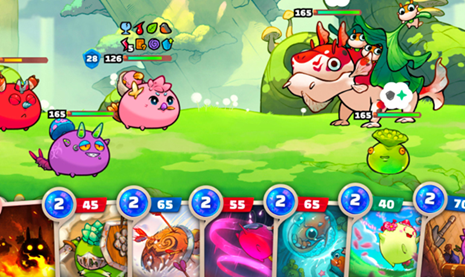
In conclusion, NFTs provide a significant shift in how players engage with and derive value from games. By offering true ownership, monetization opportunities, and a growing ecosystem of assets, NFTs have become a core element of the Play-to-Earn movement.



